KATHMANDU: Last week, Kathmandu’s Tinkune area became the epicenter of political unrest as violent protests erupted in the capital, leading to two deaths, widespread destruction, and a heavy government response.
The protests, led by royalist groups demanding the restoration of constitutional monarchy, ignited a series of clashes with security forces that left Kathmandu reeling.
These events brought Nepal’s long-standing political tensions to the forefront, as the monarchy’s role in the country’s future continues to be a contentious issue.
The protests began as a seemingly peaceful demonstration organized by the Joint People’s Movement Committee, a pro-monarchy group. The rally quickly escalated into violence when thousands of protesters defied a ban on demonstrations in certain areas of Kathmandu, including Tinkune and Koteshwor.
In response, the Nepali riot police used tear gas, water cannons, and batons to disperse the crowd. However, the situation spiraled further out of control when protesters set fire to property and engaged in vandalism, including attacking media offices and political party buildings.
These clashes resulted in two fatalities: one of the protesters, Sabin Maharjan, who succumbed to injuries after treatment, and Suresh Rajak, a journalist from Avenues TV, who was burned alive when a house he was in was set on fire by protesters.
The death of Rajak, particularly, has raised significant concerns over the safety of journalists in politically volatile environments.
Rajak’s tragic death is a reminder of the dangers journalists face while covering protests, especially in contexts where public unrest leads to violence.
The protesters reportedly believed the house belonged to police officers, and the subsequent act of arson highlights the extreme nature of the clashes. His death underscores the risks media personnel face when their work intersects with highly charged political movements.
It also highlights the growing issue of media freedom and the challenges faced by journalists in Nepal.
In the aftermath of the violence, the government imposed a curfew in several parts of Kathmandu, including Koteshwor, Tinkune, and Jadibuti, in an effort to stem further escalation of the protests.
The curfew, along with the deployment of the army to maintain order, indicates the gravity of the situation. The decision to deploy the army in Tinkune and other affected areas reflected the government’s intent to regain control and prevent further violence.
However, despite these measures, the protests continued, with demonstrators setting fire to cars, vandalizing private property, and attacking political offices.
One of the most significant incidents involved the attack on the Unified Socialist Party’s central office in Aloknagar, where protesters destroyed windows and set documents on fire.
This targeted attack on a political party’s office highlights the growing intensity of the protests and the deepening political divide in the country.
The royalist protest was further complicated by the failure of its leadership to control the crowds. Key figures, including Durga Prasai, fled the scene as the protest turned violent, leaving their supporters vulnerable to the police crackdown.
Prasai, a prominent leader of the royalist movement, is now being sought by the police for his role in inciting the unrest. The leaders’ abandonment of their followers has led to harsh criticism from various quarters.
The government has placed responsibility for the violence squarely on the shoulders of the protest organizers, particularly Prasai, accusing them of inciting chaos and disorder.
The political fallout from the events was swift and sharp. The Home Ministry condemned the violence and labeled the royalist movement’s leadership as accountable for the damage and destruction.
In a press conference, Chhabi Rijal, Joint Secretary at the Home Ministry, made it clear that Prasai and other organizers must take full responsibility for the violence.
The Home Ministry’s strong stance reflects the government’s determination to assert control over the situation and ensure that those responsible for the destruction are held accountable.
However, the royalist movement has pushed back against these accusations, with the Rastriya Prajatantra Party (RPP) blaming the government for provoking violence.
RPP Chair Rajendra Lingden claimed that the government deliberately escalated the situation to disrupt the peaceful protest, accusing security forces of using tear gas and other measures to incite unrest.
This dispute between the government and royalist factions adds another layer of complexity to the already volatile situation.
Meanwhile, Maoist Center Chairman Pushpa Kamal Dahal Prachanda, issued a pointed warning to former King Gyanendra Shah.
Prachanda cautioned the former king not to mistake the people’s generosity for weakness, emphasizing that any attempt to reverse the history of Nepal’s republican movement would be met with fierce opposition.
Prachanda’s comments reflect the sentiments of the ruling parties, who view the monarchy’s return as unacceptable and out of step with the country’s republican ideals.
In a separate but related development, former King Gyanendra Shah was fined Rs 793,000 by the Kathmandu Metropolitan City (KMC) for his involvement in the pro-monarchy rally in Tinkune.
The fine was levied for polluting public spaces during the rally, where participants allegedly littered roads and sidewalks.
The fine serves as another indication of the government’s disapproval of the monarchy’s role in public life and its ongoing efforts to assert control over public spaces and political events.
Beyond the protests, the government has been taking steps to strengthen its control over the country’s infrastructure and media landscape. The KMC demolished illegal structures in the Kalopul area, further demonstrating the government’s commitment to enforcing urban planning regulations.
Additionally, the government issued a notice requiring all social media platforms to register with the government within 30 days. This move is part of the broader Directive on Regulating the Use of Social Media, 2080, and has sparked concerns over increased government surveillance and restrictions on freedom of expression.
Meanwhile, the government removed Kulman Ghising from his position as Managing Director of the Nepal Electricity Authority (NEA). The decision was made during a cabinet meeting at Singha Durbar on Monday evening, confirmed a government minister.
Prior to the dismissal, the cabinet had sought multiple explanations from the departmental minister for failing to remove Ghising. In an effort to justify the decision, Ghising’s performance was intentionally rated poorly by the authorities.
Following his removal, the government appointed Hitendradev Shakya as the new Managing Director of the NEA. This change in leadership comes amid growing scrutiny over the NEA’s management and performance under Ghising’s tenure.
The events of last week have underscored the fragility of Nepal’s political climate. The violence surrounding the royalist protests has deepened the political divide, with the government and opposition parties accusing each other of exacerbating tensions.
The loss of life, destruction of property, and targeting of media offices highlight the severity of the situation, while the actions taken by the government — including curfews, the deployment of the army, and fines on royalist figures — reveal the lengths to which authorities are willing to go to maintain order.
As the political standoff continues, it remains to be seen how the country will navigate the complex and contentious issue of monarchy, republicanism, and political stability.
The events of last week have left an indelible mark on Nepal’s political landscape, and the repercussions are likely to be felt for months, if not years, to come.


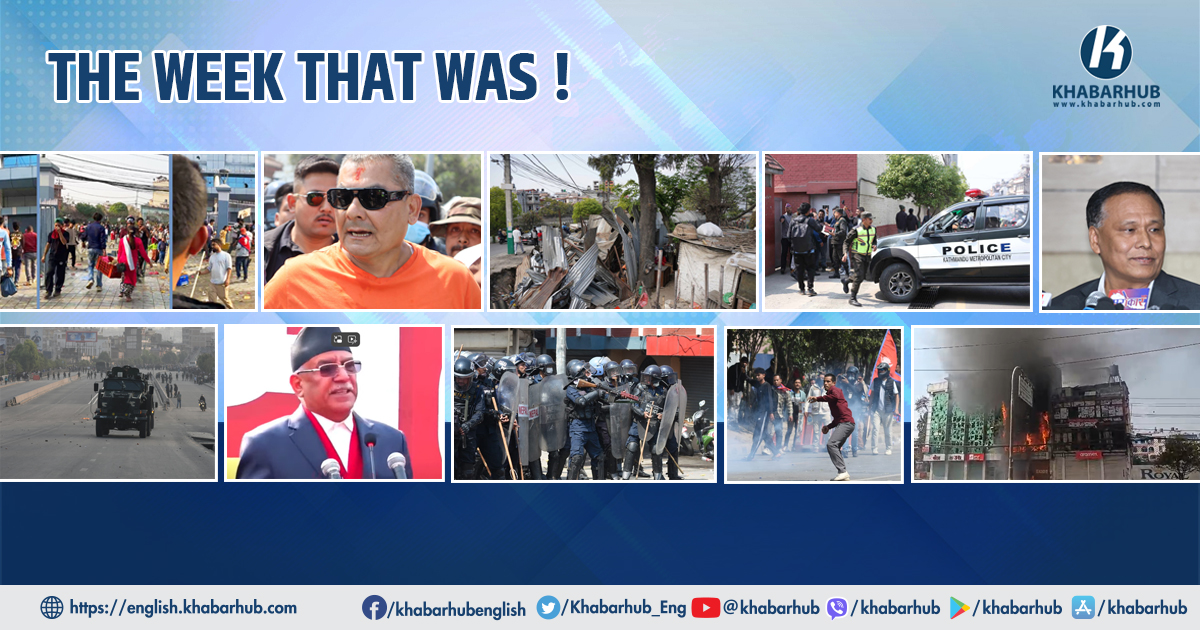
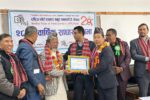
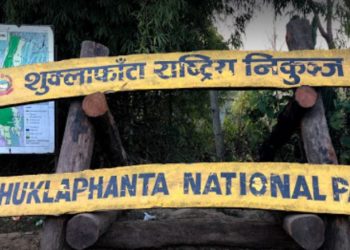

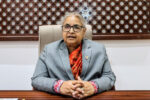
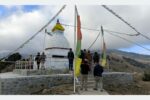

Comment